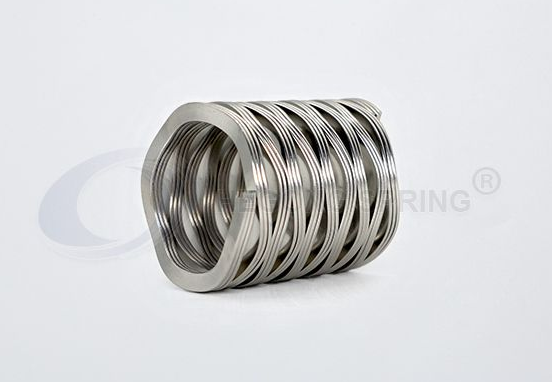What Is the Purpose of a Wave Spring?
In the realm of mechanical engineering, springs play a crucial role in a myriad of applications, from automotive to aerospace industries. Among the various types of springs available, one lesser-known yet highly efficient variant is the wave spring. These compact, precision-engineered components offer unique benefits and are increasingly gaining traction across diverse sectors. In this article, we delve into the purpose of wave springs, their applications, and the advantages they offer.
Understanding Wave Springs
Wave springs, also known as coiled wave springs or waveform springs, are mechanical devices designed to provide a compact and lightweight solution for applications requiring controlled spring forces. Unlike traditional coil springs, which feature a helical coil design, wave springs utilize a wavy or corrugated structure, giving them distinct properties.
The wave spring advantage is in its ability to provide the same spring force as a traditional coil spring but at a reduced operating height. What this means for you is a more compact and light-weight assembly, saving you production time and material costs.
The Purpose of Wave Springs
1. Space Optimization: One of the primary purposes of wave springs is space optimization. Their flat, coiled design allows them to fit into tight spaces where traditional coil springs might not be feasible. This characteristic makes them particularly valuable in applications where space constraints are a concern, such as automotive transmissions, medical devices, and aerospace components.
2. Load Management: Wave springs are engineered to provide precise and consistent force across their deflection range. This makes them ideal for applications where maintaining a specific load or pressure is critical. Whether it's ensuring proper sealing in a valve assembly or maintaining tension in a clutch mechanism, wave springs offer reliable load management capabilities.
3. Fatigue Resistance: The wave-shaped design of these springs distributes stress more evenly compared to traditional coil springs, resulting in enhanced fatigue resistance. This characteristic makes wave springs suitable for high-cycle applications where durability and longevity are essential. Industries such as robotics, industrial machinery, and consumer electronics benefit from the fatigue-resistant nature of wave springs.
4. Dynamic Response: Wave springs exhibit excellent dynamic response characteristics, making them suitable for dynamic applications where rapid deflection or vibration damping is required. Their ability to handle dynamic loads while maintaining stability makes them valuable in applications such as shock absorbers, suspension systems, and vibration isolation mounts.
5. Cost Efficiency: In many cases, wave springs can offer cost savings compared to traditional springs. Their compact design often translates to lower material and shipping costs. Additionally, their ability to replace multiple components with a single wave spring can lead to reduced assembly time and labor costs.
Applications of Wave Springs
Wave springs find applications across a wide range of industries and sectors. Some common applications include:
- Automotive: Wave springs are used in transmission systems, clutch assemblies, valve actuators, and suspension components.
- Aerospace: They find use in aircraft landing gear, actuation systems, and control mechanisms.
- Medical Devices: Wave springs are employed in surgical instruments, infusion pumps, and diagnostic equipment.
- Industrial Machinery: They are utilized in robotics, packaging machinery, and precision tools.
- Consumer Electronics: Wave springs are integrated into devices such as smartphones, laptops, and cameras for various mechanical functions.
Closing Thoughts
Wave springs are versatile mechanical components that offer unique advantages in terms of space optimization, load management, fatigue resistance, dynamic response, and cost efficiency. Their ability to address diverse engineering challenges makes them a valuable choice for designers and engineers across various industries.
Whether it's optimizing space in a compact medical device or enhancing the performance of an automotive transmission, wave springs continue to prove their worth in countless applications. As industries strive for innovation and efficiency, the demand for wave springs from suppliers continues to grow.


